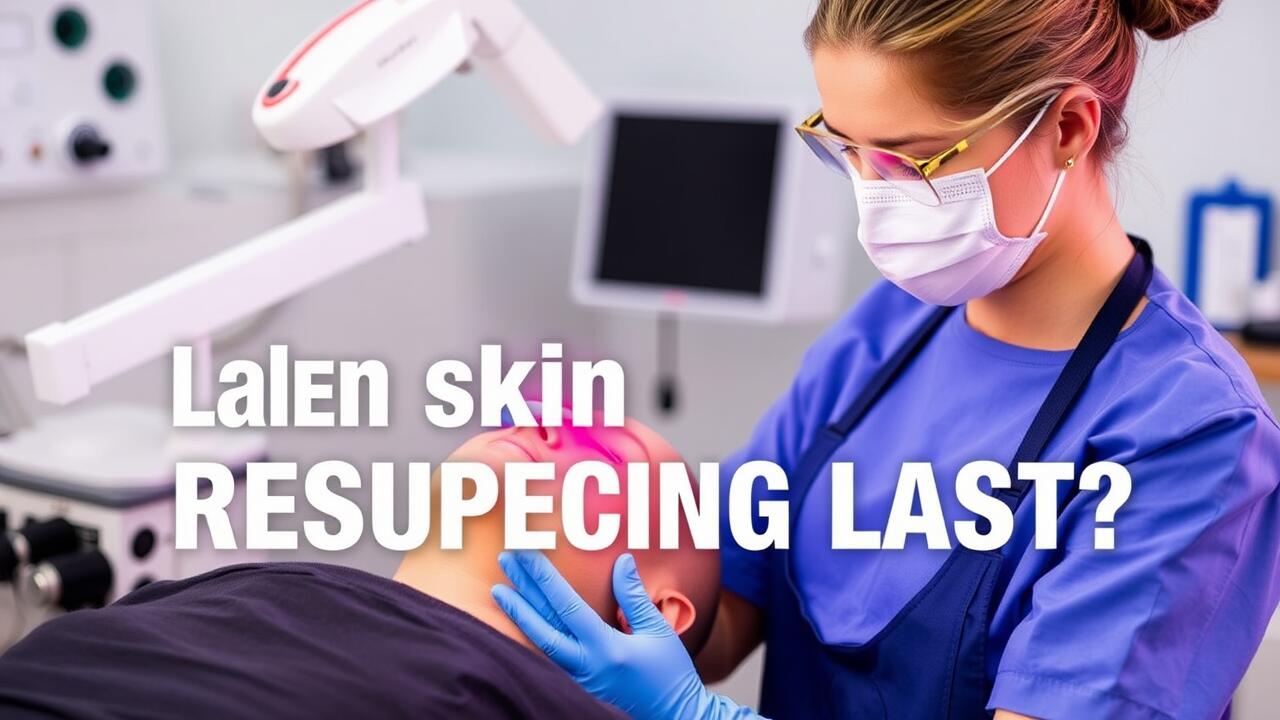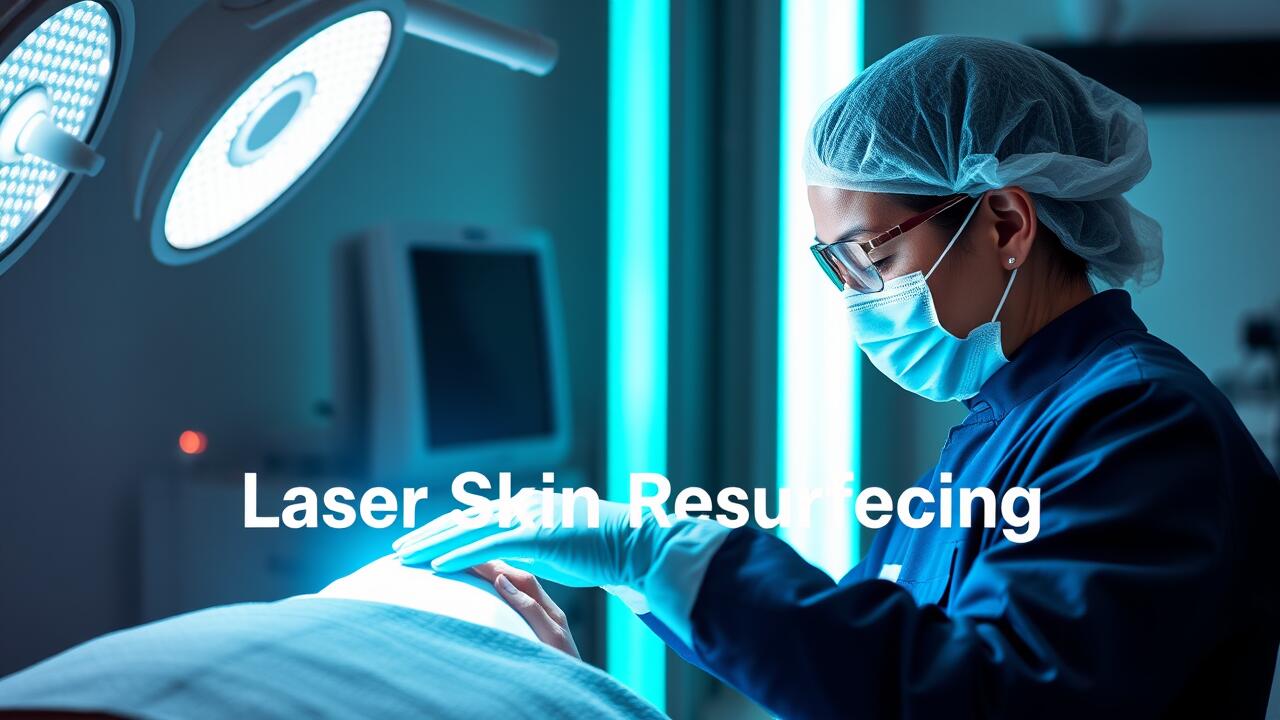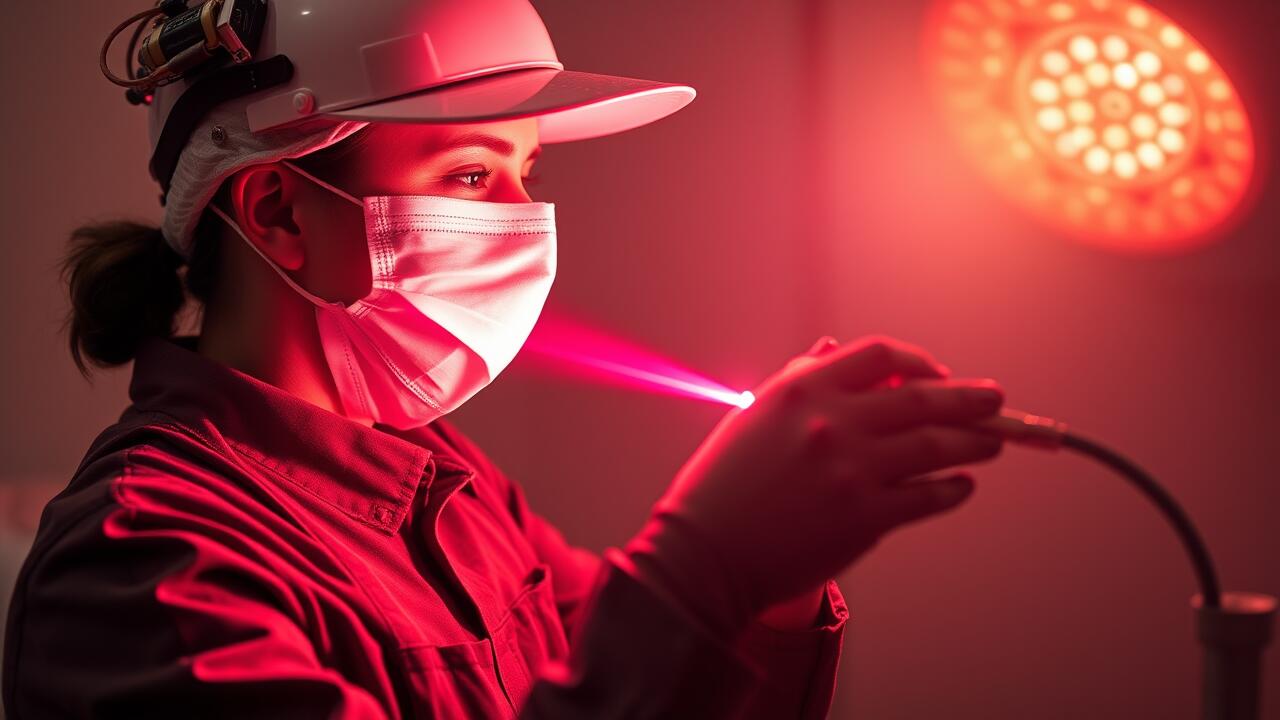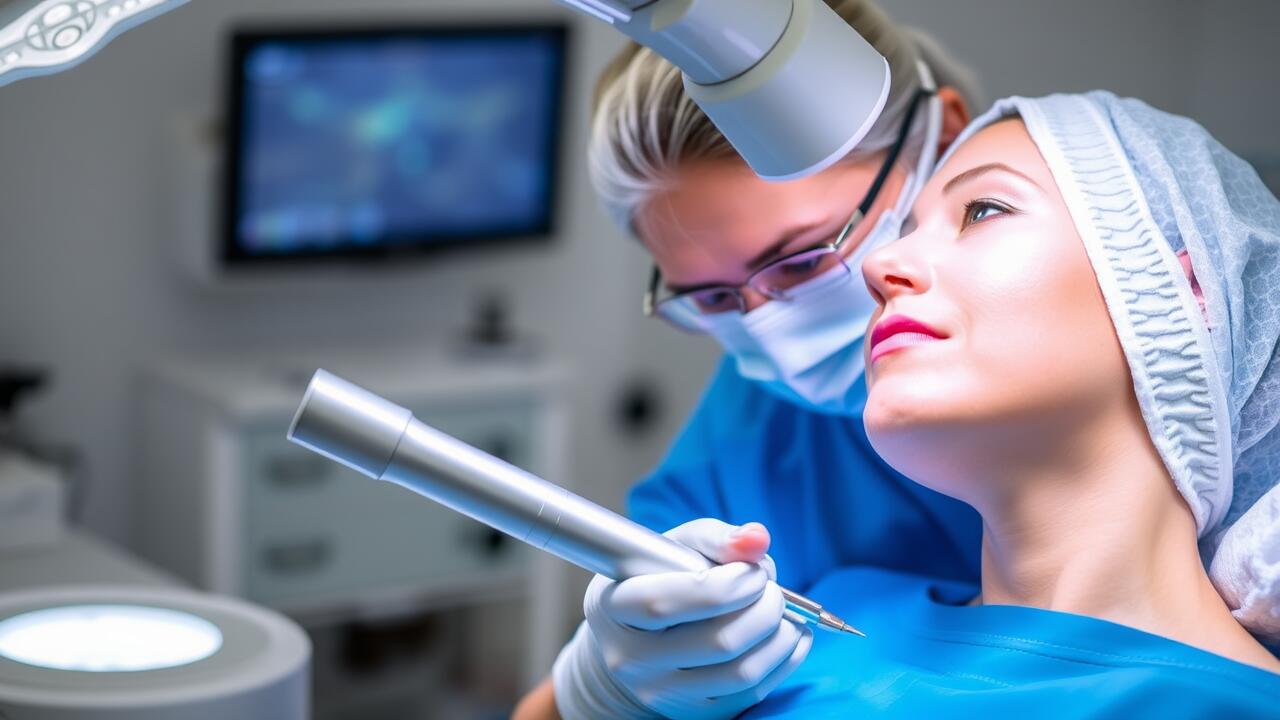
Comparing Longevity with Other Treatments
Laser skin resurfacing has gained popularity for its ability to deliver significant and long-lasting results compared to other treatments. While procedures like chemical peels and microdermabrasion may require more frequent sessions for optimal maintenance, laser resurfacing often provides effects that can last for years. Many patients enjoy smoother, more youthful skin without needing constant follow-ups. The durability of the results significantly contributes to its appeal, especially for those seeking a more permanent solution to skin concerns.
When exploring treatment options, individuals frequently search for "Laser Skin Resurfacing near me" to find local professionals who can offer these services. Other alternatives, such as fillers or Botox, may only offer temporary enhancement, often necessitating repeat treatments within a few months. In contrast, the collagen-stimulating effects of laser treatments can lead to a more sustained improvement in skin texture and tone, allowing patients to enjoy their results for a longer period before considering additional treatments.
How does laser resurfacing stack up against alternatives?
Laser skin resurfacing offers distinct advantages when compared to other treatments like chemical peels and microdermabrasion. While chemical peels can smooth skin texture and reduce pigmentation, they often require multiple sessions to achieve desired results. Microdermabrasion is less invasive but primarily addresses superficial skin concerns. In contrast, laser resurfacing can penetrate deeper layers of the skin, targeting issues such as scarring and deep wrinkles more effectively. This depth of treatment often results in longer-lasting improvements, making it a popular choice for those seeking significant skin rejuvenation.
When exploring options such as "Laser Skin Resurfacing near me," it's essential to consider the sustained effects of each treatment. Many patients find that the outcomes of laser procedures last considerably longer than those achieved through alternatives. This longevity can reduce the frequency of required touch-ups, offering a more efficient skincare routine over time. Patients should weigh these factors when deciding on the most suitable method for their individual skin concerns and desired outcomes.
Common Side Effects
Common side effects of laser skin resurfacing can vary depending on the type of laser used and the individual’s skin type. Redness and swelling are typical after the procedure, often resembling a mild sunburn. These symptoms usually subside within a few days, but some patients may experience prolonged irritation. Other potential side effects include dryness, peeling, and in some cases, noticeable changes in pigmentation. It is essential to follow post-treatment care instructions provided by the practitioner to mitigate these effects and promote healing.
For those considering the procedure, it's advisable to consult with a qualified professional who can assess personal skin conditions and outline expected outcomes. Many individuals searching for treatment may type "Laser Skin Resurfacing near me" to find local clinics. Ensuring a thorough understanding of potential side effects can help set realistic expectations and enhance satisfaction with the results.
What to expect during recovery
Recovery from laser skin resurfacing generally involves some level of discomfort and a careful skincare routine. Patients often experience redness, swelling, and a peeling sensation akin to a sunburn, which can last for several days to a week depending on the procedure's intensity. It's essential to keep the treated area clean and moisturised to promote healing. During this period, avoiding direct sun exposure and using high-SPF sunscreen becomes crucial to protect the sensitive skin.
After the initial recovery phase, the skin will gradually improve in texture and tone. Most individuals notice a significant difference within a few weeks. For those considering treatment, searching for “Laser Skin Resurfacing near me” can help locate qualified professionals who can provide tailored advice on post-treatment care. Patience is vital, as optimal results often emerge over time as the skin continues to heal and regenerate.
Frequency of Treatments
The frequency of laser skin resurfacing treatments can vary based on individual skin types, specific concerns, and the results desired. Generally, patients can expect to schedule treatments every six to twelve months after their initial session, allowing time for skin to heal and regenerate. Factors such as the depth of the treatment and overall skin condition will influence the recommended intervals. Individuals seeking options may find searching "Laser Skin Resurfacing near me" beneficial in locating qualified practitioners who can tailor a plan to their needs.
It's essential to have a thorough consultation with a dermatologist or licensed professional to determine the ideal timing between sessions. For some, maintenance treatments are needed more frequently, especially if skin issues are persistent or require ongoing intervention. Consulting a specialist will ensure that each treatment aligns with skin recovery, ultimately leading to optimal results without compromising skin health.
How often should sessions be scheduled?
The frequency of laser skin resurfacing sessions largely depends on individual skin concerns and the specific type of treatment chosen. For mild to moderate skin issues, patients often find that one to three sessions can effectively achieve desired results. It is essential to allow time for recovery between sessions, as skin may need several weeks to fully heal and regenerate. Consulting with a qualified practitioner can provide a tailored schedule that best suits individual needs.
For those seeking more intensive improvements, additional sessions may be recommended. Experts typically suggest spacing these treatments at least four to six weeks apart to allow for adequate healing. Individuals considering this procedure may want to search for "Laser Skin Resurfacing near me" to find local clinics that offer personalised treatment plans, ensuring that optimal results are achieved safely and effectively.
FAQS
How long does the effect of laser skin resurfacing typically last?
The effects of laser skin resurfacing can last anywhere from several months to a few years, depending on factors such as skin type, the specific treatment used, and individual lifestyle choices.
How does laser resurfacing compare to other skin treatments in terms of longevity?
Laser resurfacing offers longer-lasting results compared to many other skin treatments, such as chemical peels or microdermabrasion, which may require more frequent sessions to maintain results.
What are the common side effects associated with laser skin resurfacing?
Common side effects can include redness, swelling, peeling, and a sensation similar to sunburn. These effects typically subside within a few days to a week after the procedure.
How long is the recovery period after laser skin resurfacing?
Recovery time can vary, but most patients can expect to see significant improvement within one to two weeks, although complete healing may take longer depending on the depth of the treatment.
How often should laser skin resurfacing treatments be scheduled for optimal results?
Treatment frequency varies based on individual needs and the type of laser used, but most practitioners recommend sessions every six months to two years to maintain optimal results.


